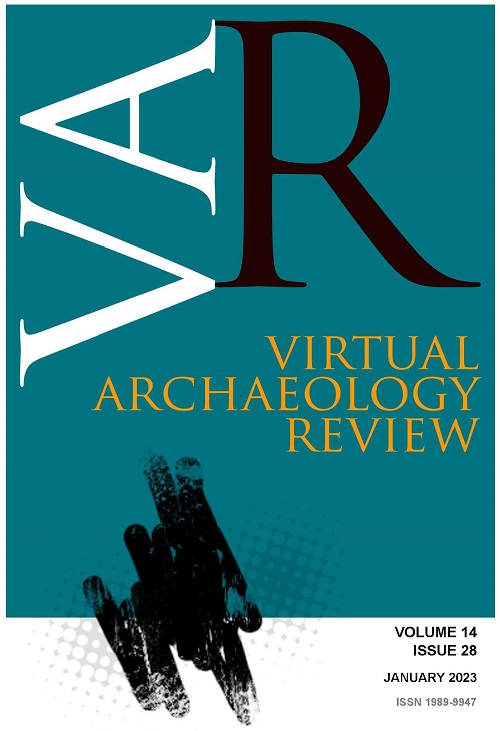
Year of publication: 2023
Publication / Magazine title: Virtual Archaeology Review
Type of publication: Article
Article author/s: Pablo M. Millán Millán; Celia Chacón Carretón; Cristian Castela González
Publication author/s: Universidad Politécnica de Valencia
Editorial: Universidad Politécnica de Valencia
Language/s: English
ISSN: 1989-9947
Precise documentation is essential to carry out the restoration and enhancement processes of protected heritage contexts. Data collection has been increasingly perfected, to the point of being able to perform virtual recreations of complex historical sites, in order to carry out in-depth studies and analyses. An example is Carcabuey Castle (Cordoba, Andalusia), a large fortress with important medieval structures. It is a monumental site of the so-called “Frontier Castles”, which were located between the Kingdom of Aragon, and the Nasrid Kingdom of Granada. With the aim of restoring it and highlighting its value, an in-depth study was developed for its conservation and subsequent intervention. The data collection included terrestrial laser scanning and vectorising all the structures, as well as a complex and complete photogrammetric survey. From these previous data and carrying out a deductive analytical methodology, a model was generated which, after being printed in 3D (different models at different scales of detail), would allow the volumes, materials and textures which make up the castle, to be studied. The multidisciplinary team, composed of architects, archaeologists, historians and engineers, made it possible to provide multifaceted and inclusive character to all the work, both in the study of pathologies based on the models, and in the construction phases, detected by the stereotomy of the ashlars, or chemical composition of mortars. Since then, with all the data obtained in the research, summarised in this article, it has been possible to carry out a correct diagnosis for the restoration and enhancement of the heritage site.
